Collaborators from Baja California Sur, Mexico, and The Morton Arboretum (left) interview community members of Cabo Pulmo (right) to discuss the conservation of a Critically Endangered microendemic tree, Guaiacum unijugum. In the center, there are about 60 G. unijugum seedlings. […]
conservation efforts
Conservation on the Home Front
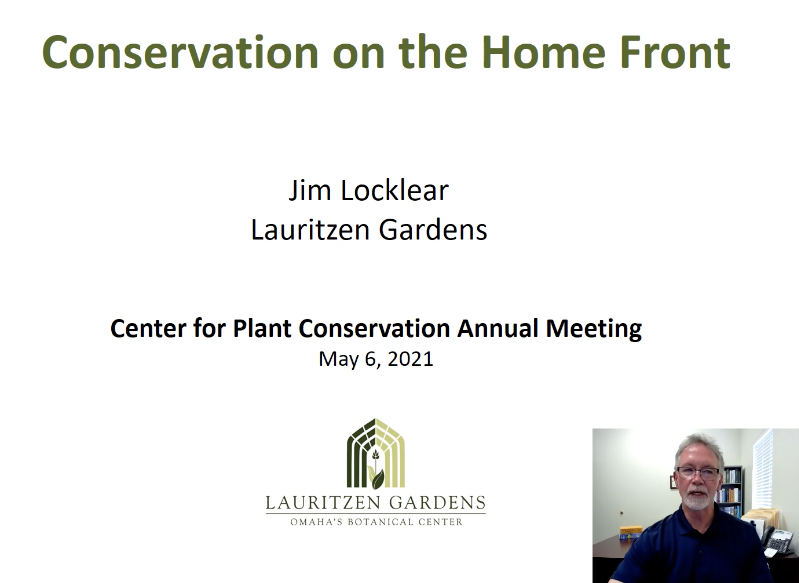
Jim Locklear, Lauritzen Gardens Lauritzen Gardens is dedicated to the conservation of plants and the biological diversity they support. Seed banking projects and rare plant surveys are major elements of our conservation program, but the subjects of this work are mostly obscure species growing in remote settings in faraway places. Having an on-site component to our […]
Natural Areas Designations with the Nantahala & Pisgah NFs Plan Revision: An Evolving Process with the NC Natural Heritage Program + An ecological prescribed burn model for the Nantahala and Pisgah NFs
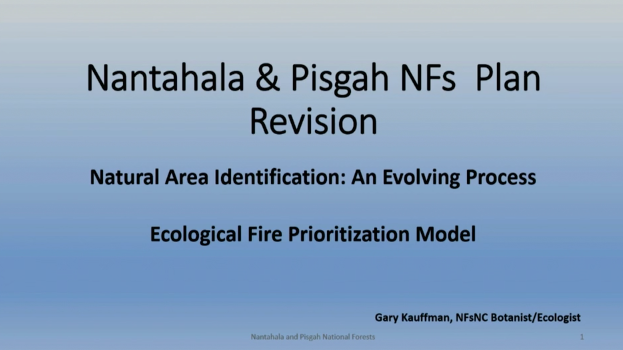
Gary Kauffman, National Forests of North Carolina US National Forests (NF) revise their forest plans every 15-20 years. Currently the Nantahala and Pisgah NFs (NPNF), 1 million plus acres, are in plan revision. As part of the process, management areas are reassessed including designated sites. Special Interest Areas (SIAs) are designated to denote special features […]
Regional Conservation Initiatives video screening and panel
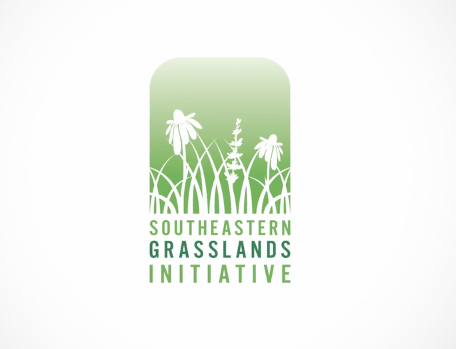
From the SePPCon 2020 conference, three inspiring videos: The Southeastern Grasslands Initiative Dr. Dwayne Estes, Southeastern Grasslands Initiative Featuring Dwayne Estes, SGI Director, and Theo Witsell, SGI Chief Ecologist. Filmed and edited by Pamela Pasco. This 15-minute video takes you on a journey across the Southeast and through time, to learn more about the habitats […]
Anthropocene Era & the 6th Extinction: Our Reality
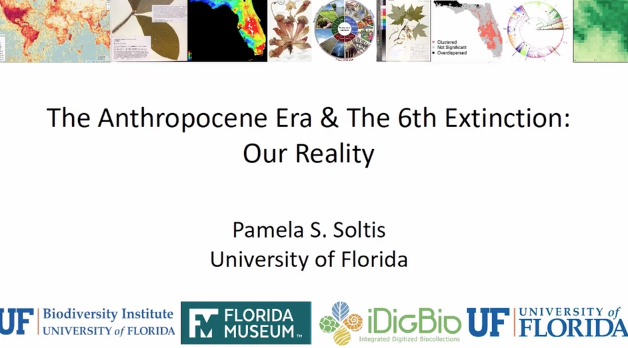
Dr. Pamela S. Soltis, Founding Director of University of Florida Biodiversity Institute, Distinguished Professor and Curator at the Florida Museum of Natural History We are living in a new geological era, termed the Anthropocene, in reference to human impact on our planet. This impact has led to extinction rates that are 1000 times higher than […]
Assessment of Genetic Stability During Cryopreservation of Vanilla (V. planifolia) Shoot-tips Using ISSR Markers
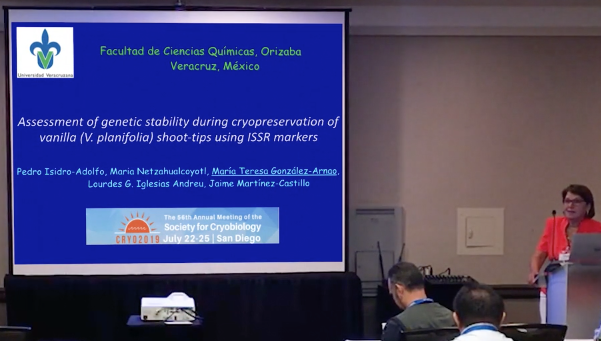
Maria Teresa Gonzalez-Arnao, Pedro Isidro-Adolfo, Maria F. NetzahualcoyotlMata, Lourdes G. Iglesias Andreu, Jaime Martínez-Castillo, University of Veracruz, INBIOTECA, CICY, In this study we used six selected ISSR primers (T05, T06, C07, UBC823, UBC825, UBC848) to evaluate the genetic stability during cryopreservation of vanilla (V. planifolia) shoot-tips subjected to a Droplet-Vitrification (D-V) protocol using PVS2 solution for dehydration. We […]
Conservation genomics of Dithyrea maritima (Brassicaceae) beach spectaclepod
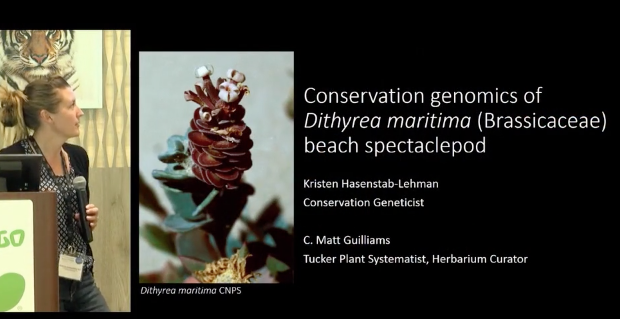
Kristen Hasenstab-Lehman, C. Matt Guilliams, Santa Barbara Botanic Gardens Dithyrea maritima (Davidson), or beach spectaclepod, is a dune specialist endemic to coastal dunes from central California, United States, to northwestern Baja California, Mexico. Individuals of this perennial herb spread by rhizomes, forming a diffuse colony of ramets, each terminating in rosette of 1 to several fleshy leaves, […]
Conserving Genetic Diversity in Seed Collections
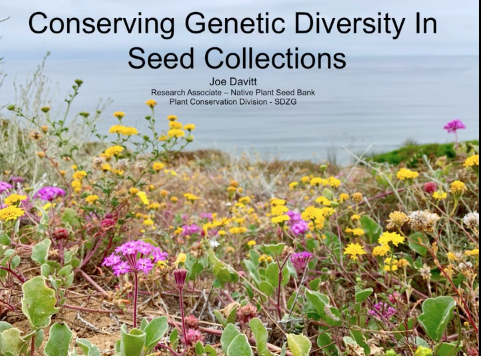
Joe Davitt, Institute for Conservation Research, San Diego Zoo Global Maintaining a plant species’ genetic diversity can contribute to adaptive potential, prevent inbreeding effects, and potentially preserve traits such as drought tolerance and disease resistance, all of which are critical in a changing climate. Seed collections are often the best method of conserving the genetic diversity of rare plant populations ex-situ, […]
Genetic diversity, structure and distribution of Australian Cycas
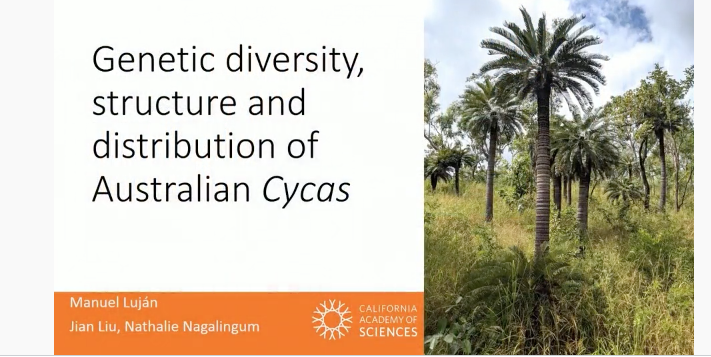
Manuel Luján, Jian Liu, Nathalie Nagalingum, California Academy of Sciences, Kunming Institute of Botany, Chinese Academy of Sciences Rare plant species exhibit narrow geographic distribution and are often considered to have smaller populations and lower levels of genetic diversity compared to their more common relatives. The genus Cycas includes about 117 species, 32 of which are […]
Conservation Genetics at the San Diego Zoo Institute for Conservation Research: A (personal) historical perspective
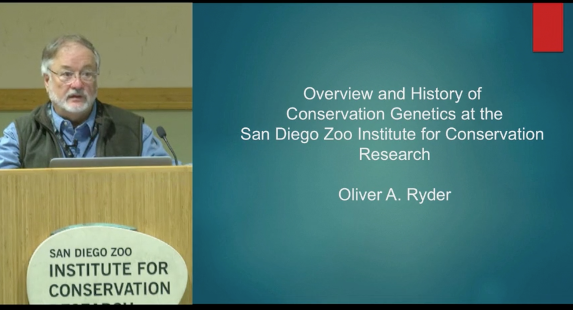
Oliver A. Ryder, Director, Conservation Genetics, Kleberg Endowed Chair, San Diego Zoo Institute for Conservation Research In January, 1975 genetics studies commenced at the San Diego with group of researchers who would become the core of CRES, the Center for Reproduction of Endangered Species – now the San Diego Zoo Institute for Conservation Research. Founded […]
Conservation Genomics and Species Delimitation of Mascarene Ebony trees (Diospyros)
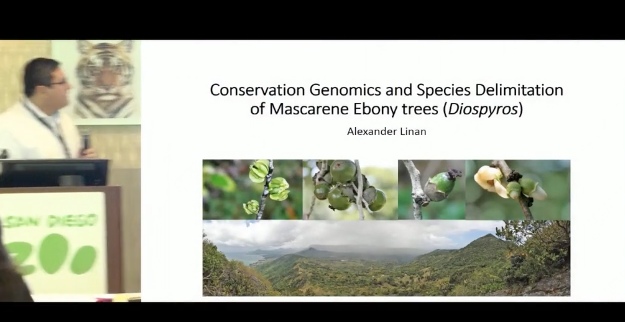
Alexander G. Linan, Porter P. Lowry II, Allison Miller, George E. Schatz, Jean-Claude Sevathian, Christine E. Edwards, Saint Louis University, Missouri Botanical Garden, Institut de Systématique, Évolution et Biodiversité (ISYEB), Centre National de la Recherche Scientifique/Muséum National d’Histoire Naturelle/École, Pratique des Hautes Études, Université Pierre et Marie Curie, Sorbonne Universités, Donald Danforth Plant Science Center The ebony and persimmon […]